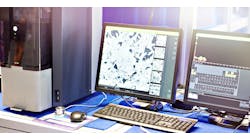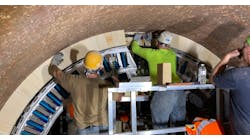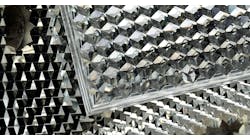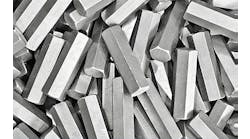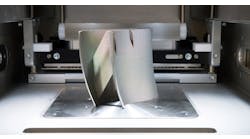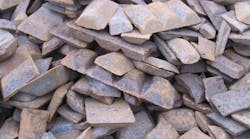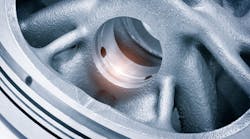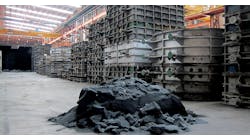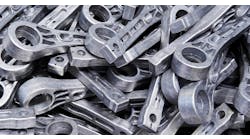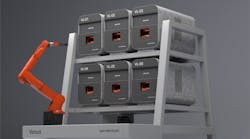Metals are among the primary structural materials that have advanced human civilization through recorded time. We have been and will be the largest recyclers among all industries. Once ore is extracted, ferrous metal atoms will be reincarnated over and over again as automotive brakes, wood stoves, frying pans, washing machines, and railroad components. Metal is essentially infinitely recyclable.
However, metal producing is responsible for approximately 10% of the world's greenhouse gas emissions – right up there with cement manufacturing and cows.
Reusing metal is more cost-effective, energy-efficient, and environmentally friendly than mining it, so the metals industry will continue seeking ways to reclaim scrap wherever possible. Cost competitiveness has always been a bigger driver than environmental policy on this front.
The capital infrastructure required to produce metal from ore is beyond comprehension for most businesses. For large-scale secondary smelting of steel and aluminum the barriers to entry involve hundreds of millions of dollars per site, plus significant energy and environmental permitting hurdles. As a result, metal recycling historically follows a hub and spoke model, with lots of smaller entities collecting, sorting and consolidating scrap, and selling mixed-alloy scrap to secondary shops, e.g., and EAF steelmaker. The mixed metals are realloyed, and sold back to foundries all over the world, or cast on-site into rods, bars, sheets, etc.
Typically, the greater the mass, the greater the value of scrap metal will be. Heavier scrap is denser, so transporting it is more efficient. Thicker sections lose less metal to oxidation during remelting. Denser packing in furnaces and charge vessels carry less contaminants into the process and improve the energy efficiency.
Across diverse manufacturing sectors, metals quietly disappear from the process stream. Slag from every vat of molten metal is too oxidized to be re-used effectively. Fine metallic-oxide dusts are blown into bag houses at EAF plants. Polishing and grinding swarf from steel plate is too contaminated with coolants and oils to be remelted directly. Rolling mill and forging scale is compromised by oil and oxides. Metal products are machined, ground, and polished. Depending on the process, metal leakage ranges from 5-25% of a part’s mass. Globally, these quiet losses add up to millions of tons per year. Some metals are landfilled, disposed of as hazardous wastes, or just sit in unbelievably large mountains of scrap, waiting for a solution.
Sun Metalon’s mission is to address the problem of lost metals by enabling localized recycling of metallic waste with zero-CO2 emissions processing. Eliminating the transportation of low-density metallic waste eliminates scrap transportation. Upcycling chips, sludges, and swarf back to a state in which the original alloy can be used on-site by foundries turns scrap loss into WIP. Reprocessing chips and swarf on-site transforms low-value scrap into high-value raw materials.
The Sun Metalon system takes up far less space than scrap storage in most plants. Space no longer used for waste storage can then be repurposed for generating revenue.
Sun Metalon’s recycling technology uses compression and thermal processing to create dry briquettes from machining chips and grinding swarf. Industry-standard briquettes are heated electrically under a controlled atmosphere process to drive off vestigial fluid contamination while minimizing the creation of oxides. The chemistry of the metal is unaffected by the process.
The current systems are sized to process approximately 100 tons of fine metal scrap annually, yet the modular hardware technology is very scalable, so installations can be sized for shops generating more or less swarf. Pilot installations are currently running at automotive diecasting shops, aerospace aluminum foundries, and mixed alloy steel shops in North America and Japan.
The next generation of Sun Metalon hardware, launching in the spring of 2025, will be fully automated, with robotic transport of metallic pucks from a briquetting line to a scalable array of electric micro furnaces. The dry pucks at 80-95% density can be collected in a bin or conveyed to the next point of use. Compared to machine shop chips, the scrap is consolidated more than a 4:1 ratio, with a purity enabling immediate re-use in foundry.
